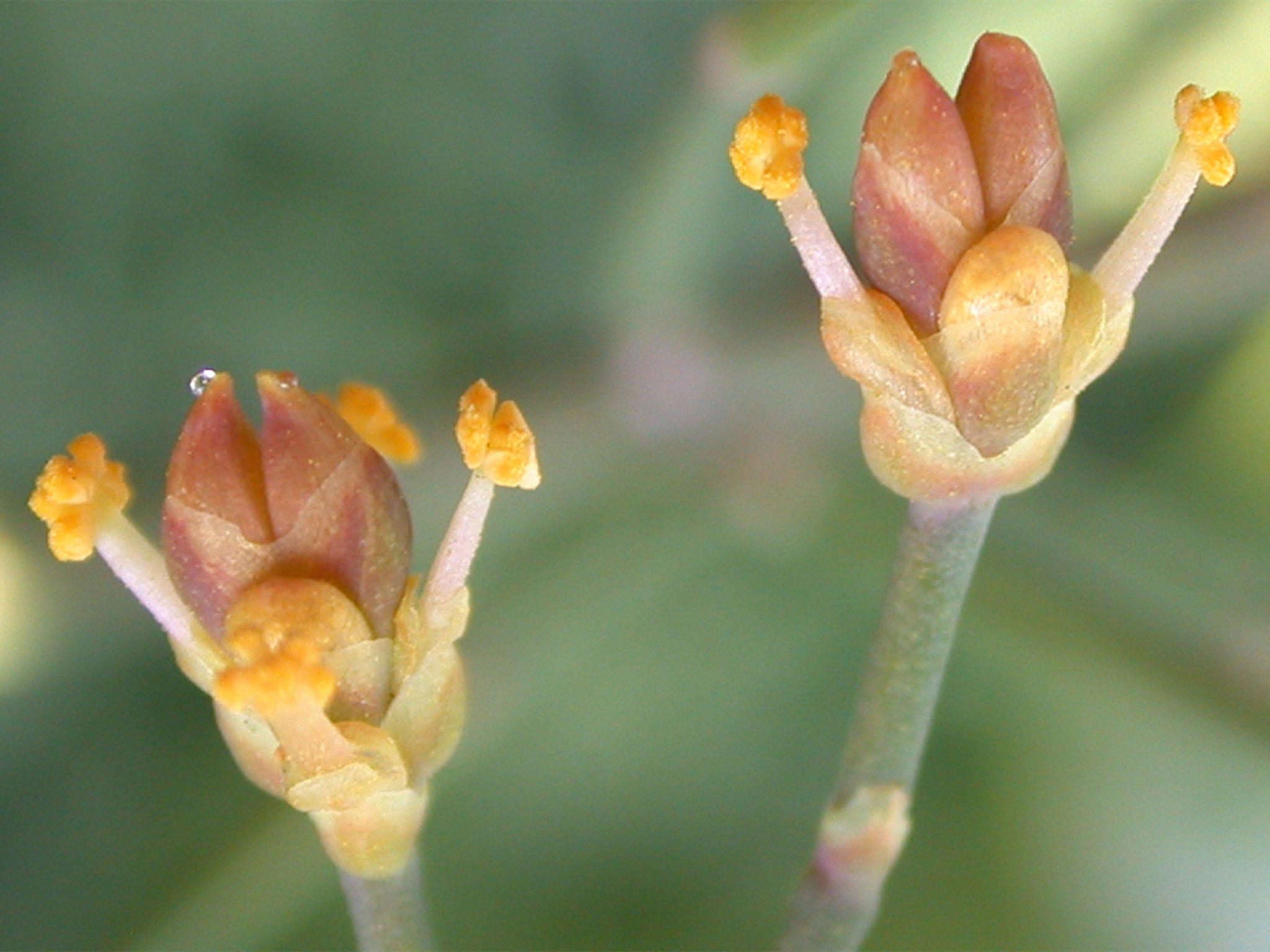Scientists discover world's first-known 'werewolf plant'
The species secretes globules of sugary liquid on nights when there is a full moon to attract nocturnal pollinating insects

Your support helps us to tell the story
From reproductive rights to climate change to Big Tech, The Independent is on the ground when the story is developing. Whether it's investigating the financials of Elon Musk's pro-Trump PAC or producing our latest documentary, 'The A Word', which shines a light on the American women fighting for reproductive rights, we know how important it is to parse out the facts from the messaging.
At such a critical moment in US history, we need reporters on the ground. Your donation allows us to keep sending journalists to speak to both sides of the story.
The Independent is trusted by Americans across the entire political spectrum. And unlike many other quality news outlets, we choose not to lock Americans out of our reporting and analysis with paywalls. We believe quality journalism should be available to everyone, paid for by those who can afford it.
Your support makes all the difference.The world’s first-known “werewolf plant” has been identified after scientists accidentally discovered that a shrub relies on the lunar cycle for survival.
The species, a non-flowering relative of conifers known as Ephedra foeminea, secretes globules of sugary liquid on nights when there is a full moon to attract nocturnal pollinating insects. The droplets absorb any pollen being carried by pollinators such as moths and flies that land on the plant, which it uses to fertilises its seeds. The plant relies on moonlight to cause reflections which catch the attention of the insects.
University of Stockholm researchers only learned this by chance, however.
“After a useless week in Greece without any pollinators to observe, we were in a really bad mood and decided not to go to the field sites that night but to go to dinner instead,” said Dr Catarina Rydin.
“All of a sudden we experienced a eureka moment, perhaps from seeing the moon on photos from a previous year, and contrasting it with the darkness we’d experienced so far at the field site.”
Join our commenting forum
Join thought-provoking conversations, follow other Independent readers and see their replies
Comments